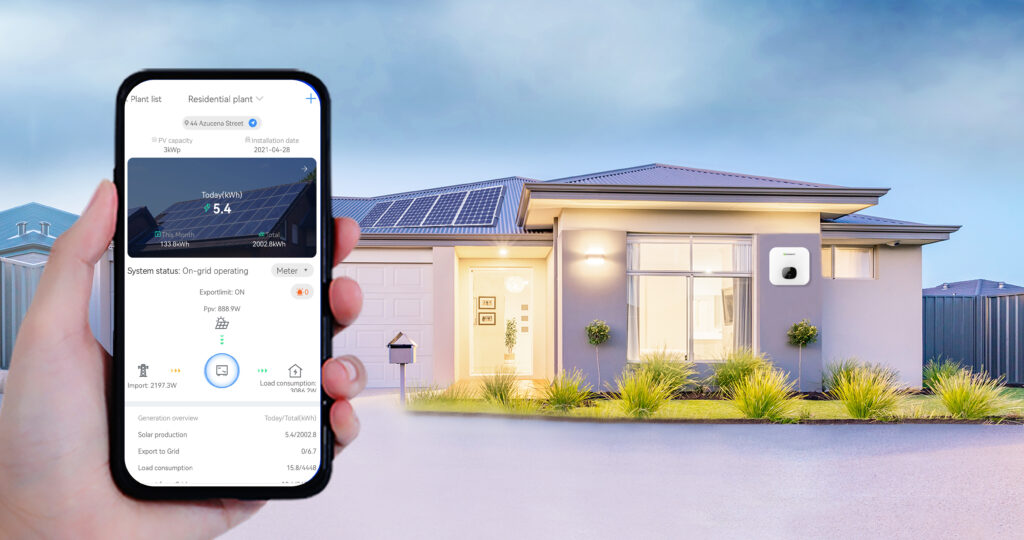Key Considerations for Solar Panel Integration in Smart Community Energy Systems
Site-Specific Design and Installation Precision
Optimal solar panel performance in smart communities hinges on geographic and architectural alignment. In the Northern Hemisphere, panels should face true south with a tilt angle matching local latitude plus 10–15 degrees to maximize annual energy yield. For example, a community in Berlin achieved 18% higher output by adjusting panels to 52° tilt (local latitude + 12°) compared to flat installations. Shading analysis is equally critical—even 15% obstruction from trees or adjacent buildings can reduce generation by 30%, as demonstrated in a Shanghai residential project where panel relocation eliminated seasonal shading from bamboo groves, boosting daily output by 1.8 kWh per unit.
Structural resilience must address climate-specific risks. Coastal communities require corrosion-resistant aluminum frames and marine-grade connectors to withstand salt spray, with a 10-year study in Australia’s Gold Coast showing 40% longer component lifespans for salt-treated systems. In desert regions like Dubai’s Sustainable City, self-cleaning nano-coatings reduced dust accumulation by 75%, maintaining 92% light transmittance during sandstorms compared to 68% for untreated panels.
Energy Storage and Grid Interaction Strategies
Hybrid storage systems combining solar with 4–6 hour lithium-ion batteries are ideal for communities with fluctuating demand. A project in Copenhagen’s Østerbro district reduced diesel generator runtime by 82% during peak tourism seasons by pairing 2 MW solar arrays with 1.5 MWh batteries, ensuring 99.9% uptime for street lighting and EV charging stations. For remote communities like Peru’s Machu Picchu, vanadium flow batteries with 20-year lifespans offer sustainable long-duration storage, eliminating frequent replacements in ecologically sensitive areas.
Grid-connected systems demand advanced inverter technologies to manage bidirectional flow. In Paris’ Le Marais district, smart inverters with reactive power compensation reduced harmonic distortion by 60%, improving grid stability during simultaneous operation of HVAC systems and smart meters. Microgrid architectures enable energy independence for island communities—Greece’s Santorini island cut utility costs by 58% through a solar-wind-storage hybrid system powering 95% of local businesses via decentralized distribution.
Digital Energy Management and Community Engagement
IoT-enabled monitoring systems optimize real-time energy use. In Singapore’s Punggol Digital District, AI-powered sensors reduced lighting energy consumption by 47% by automatically adjusting illumination based on occupancy and natural light availability. Blockchain technology enhances transparency in energy trading for multi-stakeholder communities, as seen in South Korea’s Songdo Smart City, where solar credits from 12,000 rooftop installations are tracked on a distributed ledger, ensuring equitable revenue distribution among residents and municipal authorities.
Community engagement drives adoption through visualized sustainability metrics. Amsterdam’s Schoonschip floating community installed interactive dashboards displaying real-time solar generation and CO2 savings, increasing resident participation in energy-saving programs by 300%. Gamification strategies, such as energy-saving competitions between buildings, further boost engagement—a pilot in Stockholm’s Hammarby Sjöstad reduced community-wide consumption by 22% through leaderboard incentives.
Maintenance Protocols for Long-Term Viability
Preventive maintenance schedules must account for climate-specific degradation. In India’s Jaipur Heritage District, ultrasonic cleaning systems removed bird droppings from panels every 48 hours, preventing etching damage that could reduce output by 25% over five years. For high-altitude installations like Nepal’s Lumbini, drone-based thermal imaging detects micro-cracks at 300 meters AGL, enabling repairs before efficiency losses exceed 8%.
Battery health management extends operational lifespans in fluctuating climates. Canada’s Whistler Blackcomb Resort maintained 92% capacity retention in its flow batteries after 15,000 charge cycles by using electrolyte circulation systems, compared to 65% for stationary lithium-ion systems in similar temperature ranges (-20°C to 40°C). Recycling partnerships ensure sustainable end-of-life management, with Germany’s Solar回收 Initiative repurposing 85% of decommissioned panels into secondary applications like street lighting and public art installations.
Safety and Compliance Standards
Electrical safety requires rigorous adherence to standards. All installations must feature insulation resistance exceeding 1 megohm to prevent漏电 (electrical leakage), as mandated by IEC 62446. Grounding systems with resistance below 10 ohms effectively divert lightning strikes, protecting panels and inverters—a requirement enforced in Japan’s Fukushima Renewable Energy Village after typhoon-related damage analysis.
Fire prevention protocols include flame-retardant backsheets and arc-fault circuit interrupters (AFCIs). A 2023 study by the U.S. National Renewable Energy Laboratory found AFCIs reduced fire risks by 90% in residential solar systems by detecting and interrupting abnormal current flows. Regular inspection of junction boxes for moisture ingress and connector corrosion is also critical, as demonstrated in Australia’s Black Saturday bushfire aftermath, where damaged connectors caused 15% of system failures.


